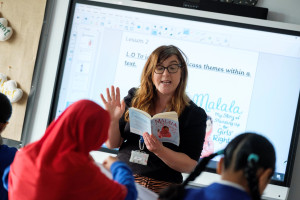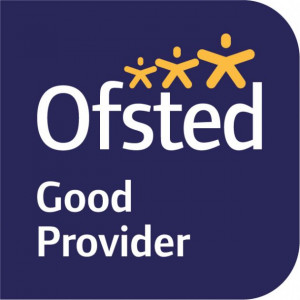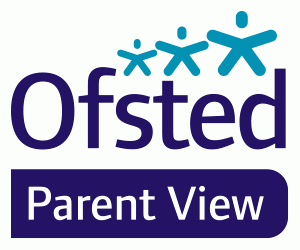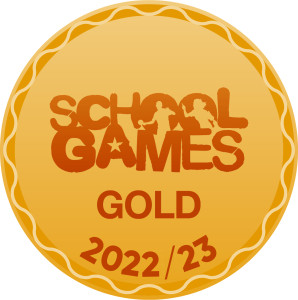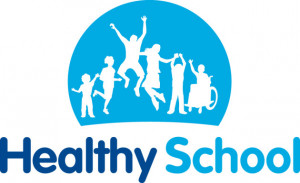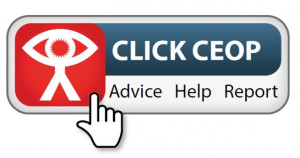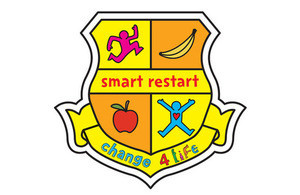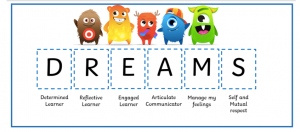Your child’s teacher is responsible for judging the standards your child is working at in English reading, English writing, mathematics, and science, by the end of key stage 1 (KS1). To help inform those judgements, pupils sit national curriculum assessments in English and mathematics, commonly called SATs. The tests are a tool for teachers to help them measure your child’s performance and identify their needs as they move into KS2. The tests can be taken at a time appropriate to the school (usually in May or June), and they are not strictly timed. Pupils may not even know they are taking them as many teachers will incorporate them into everyday classroom activities. Teachers will use the results from these tests, along with the work your child has done throughout the year, to help them reach their own judgements about how your child is progressing at the end of key stage 1. From 2023, these assessments are no longer compulsory, but school will still use them informally to help our teachers reach an informed decision about your child’s progress.
These percentages show how many of our pupils achieved the expected standard or above.
| |
HMPS %
|
National %
|
Difference
|
|
KS1 Reading
|
53%
|
68%
|
15%
|
|
KS1 Writing
|
48%
|
60%
|
12%
|
|
KS1 Maths
|
59%
|
71%
|
12%
|
Some of our children achieve the higher standard:
| |
HMPS %
|
|
KS1 Reading
|
9%
|
|
KS1 Writing
|
7%
|
|
KS1 Maths
|
12%
|

